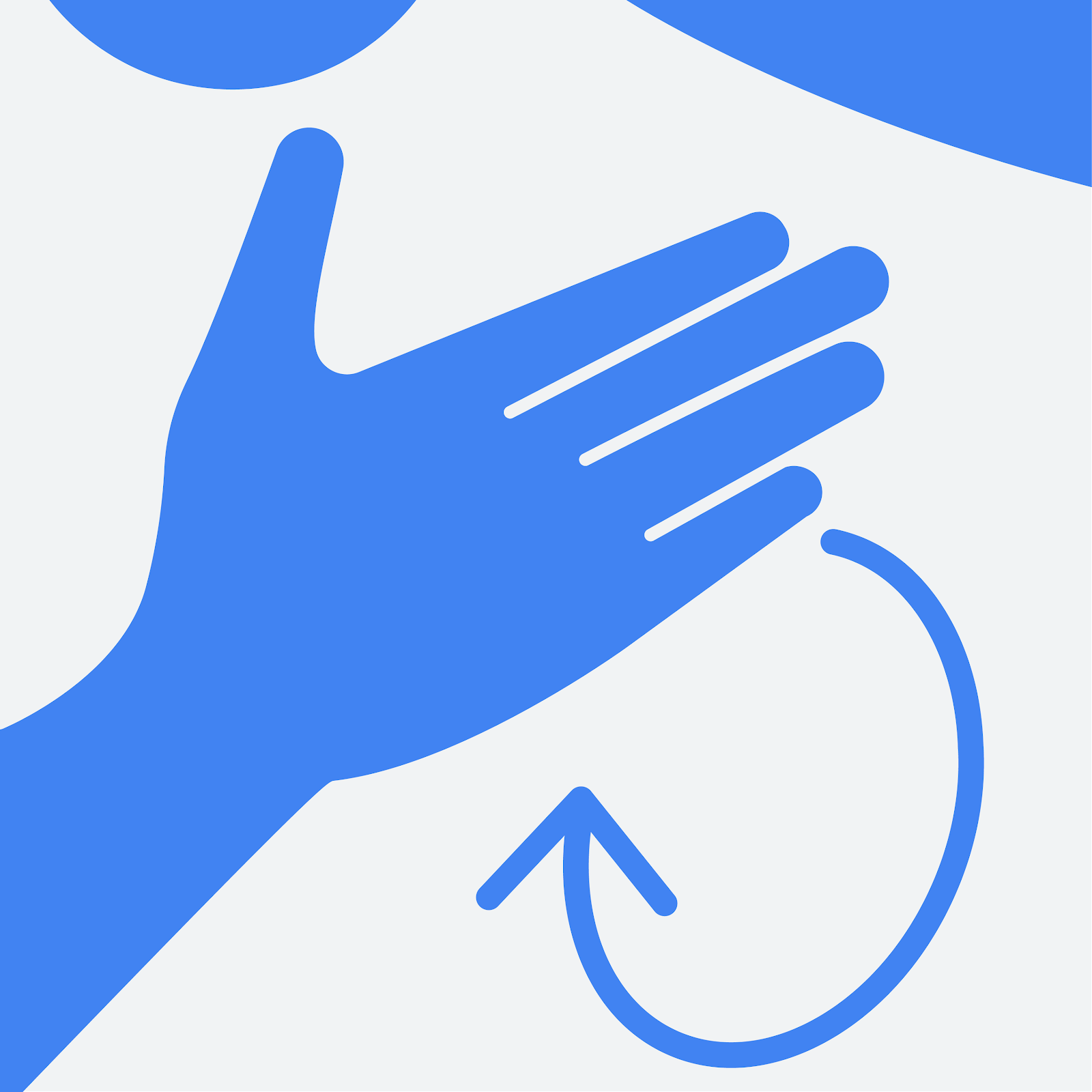febbraio 23, 2023 — By Sam Sepah, ML Research Program Manager As a Deaf person who learned sign language from my family at an early age, I consider myself lucky. Every day, 33 babies are born with permanent hearing loss in the U.S. (kdhe.ks.gov, deafchildren.org) The majority of deaf children are born to hearing parents who do not know how to sign, like my own. My parents were determined to provide me with the abil…


By Sam Sepah, ML Research Program Manager
As a Deaf person who learned sign language from my family at an early age, I consider myself lucky. Every day, 33 babies are born with permanent hearing loss in the U.S. (kdhe.ks.gov, deafchildren.org) The majority of deaf children are born to hearing parents who do not know how to sign, like my own. My parents were determined to provide me with the ability to communicate effectively anywhere, anytime, and anyplace. Because of this rich language environment, today I can achieve my dreams and live the life I want to live.
But most hearing parents do not know how to sign and might not have the resources to learn. Because of this, they may not be able to have a conversation with their deaf child, even at the family dinner table.
Deaf children who grow up in homes where sign language is not used are at risk for language deprivation. Language deprivation is a delay in language development that occurs when sufficient exposure to language, spoken or signed, is not provided in the first few years of a child's life. Language deprivation is very common in deaf children, but it can happen to hearing children as well. It often leads to a life of challenges with employment, relationships, and the ability to be successful in one’s life goals.
So, what can be done?
You can help reduce the risk of language deprivation for deaf children by joining our new Isolated Sign Language Recognition competition on Kaggle and training an accurate, real-time sign language recognition (TensorFlow Lite) model!
We plan to open source the winning model and add it to the PopSign smartphone game app. PopSign* is a smartphone app that makes learning American Sign Language (ASL) fun and interactive. Players match videos of ASL signs with bubbles containing written English words to pop them.
PopSign is designed to help parents with deaf children learn ASL, but it's open to anyone who wants to learn sign language vocabulary. The app is a great resource for parents who want to learn sign language and help their children develop language and social skills. By adding a sign language recognizer from this competition, PopSign players will be able to sign the type of bubble they want to shoot, providing the player with the opportunity to form the sign instead of just watching videos of other people signing.
We are grateful to our partners, the National Technical Institute for the Deaf at Rochester Institute of Technology, the Georgia Institute of Technology, and Deaf Professional Arts Network, for developing the PopSign game app, creating the dataset and helping us prepare for this competition. The game, dataset, and model you train will help us improve access to communication for so many families!
Join the competition today and together, we can make a difference for deaf children worldwide.
*PopSign is an app developed by the Georgia Institute of Technology and the National Technical Institute for the Deaf at Rochester Institute of Technology. The app is available in beta on Android and iOS.


febbraio 23, 2023 — By Sam Sepah, ML Research Program Manager As a Deaf person who learned sign language from my family at an early age, I consider myself lucky. Every day, 33 babies are born with permanent hearing loss in the U.S. (kdhe.ks.gov, deafchildren.org) The majority of deaf children are born to hearing parents who do not know how to sign, like my own. My parents were determined to provide me with the abil…